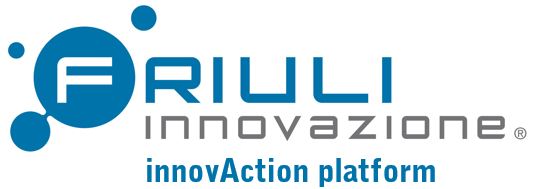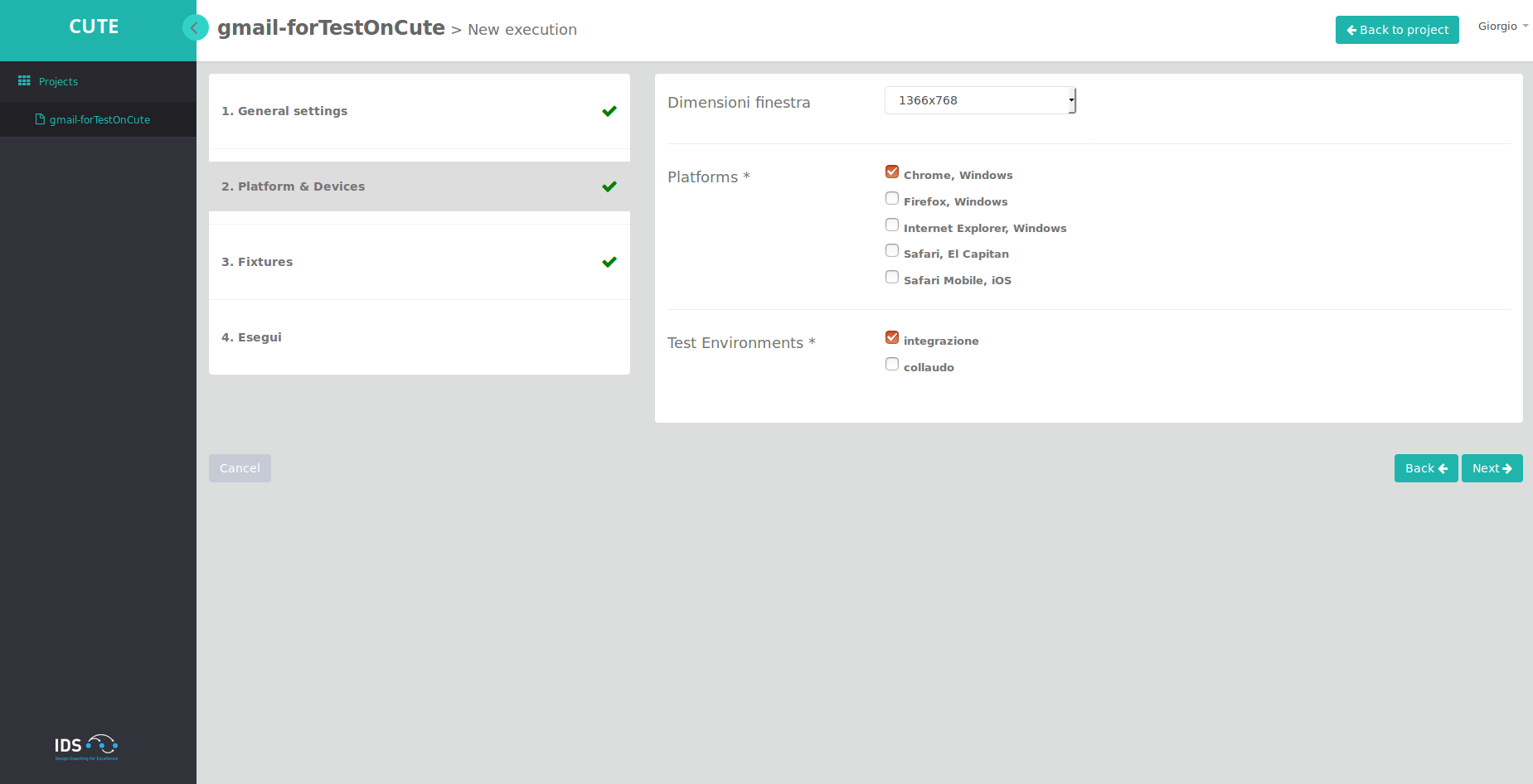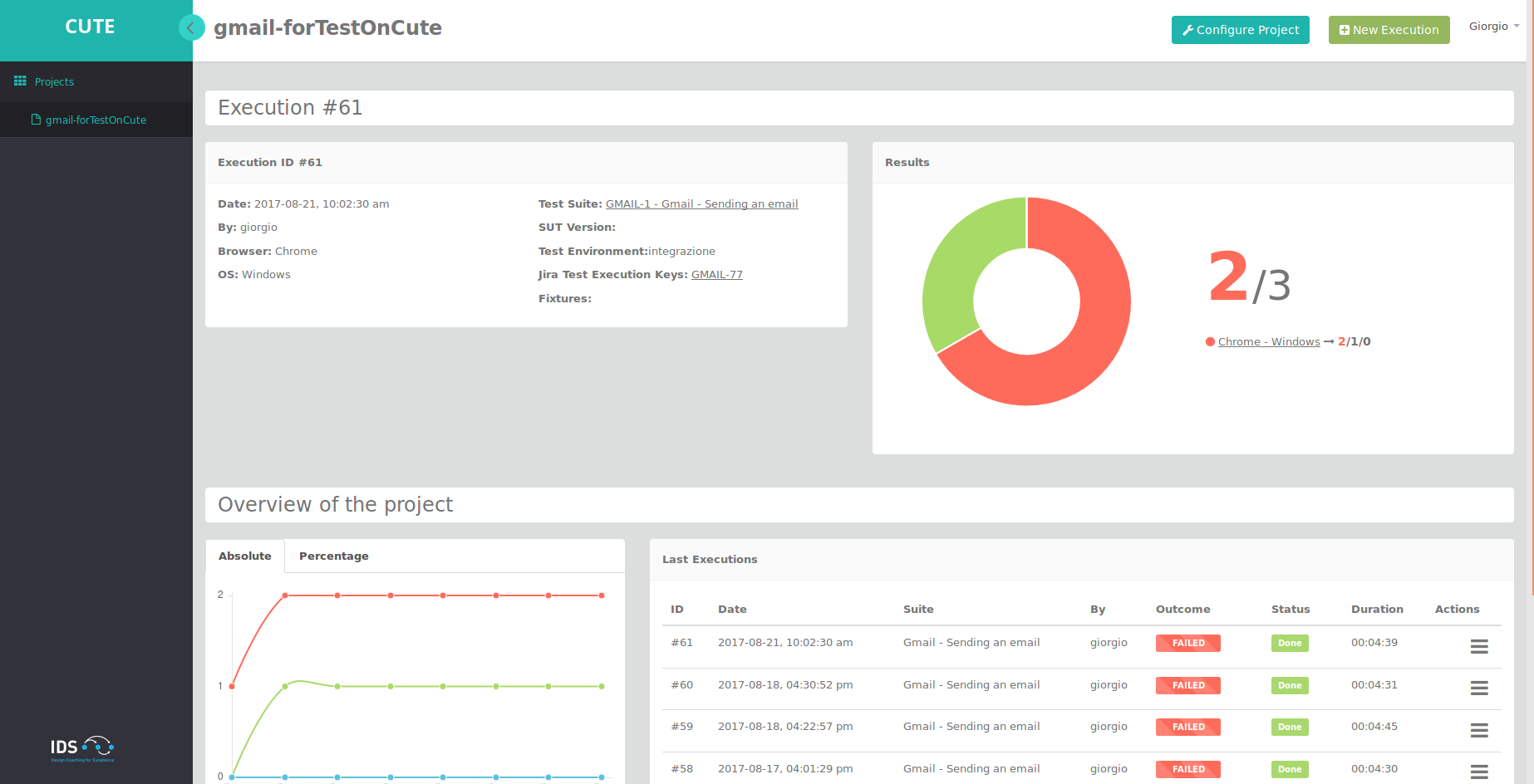Summary of features
- It is a software test automation service.
- Tests are based on use cases and operate on the actual user interface of the application or the underlying HTTP level.
- It covers web and mobile applications.
- Tests can be run on hundreds of different user platforms (different combinations of screen size, device, operating system, browser).
- It is based on model-driven techniques.
What we provide
- Agile test planning based on risks, which maximises the value reaped by our customer.
- Design and development of test scripts that simulate users performing tasks with the actual user interface.
- Testing software that is deployed on the computing infrastructure of the customer, compliant with security requirements.
- Tests that the customer can run and that automatically produce reports describing the steps that were performed, along with screenshots of the exercised user interface.
- Test cases that the customer can change by modifying or adding new data. This brings flexibilty.
- Testing software that is continuously maintained at no additional cost.
Features of 121T
Comparison with other unit/component testing approaches
Comparison with other record & play approaches

Copyright © 2012-2018 Interaction Design Solutions Srl - Friuli Innovazione - Via Linussio 51, 33100 - Udine Italy - Tel: +39- 0432 - 629717 - VAT 02707400301


